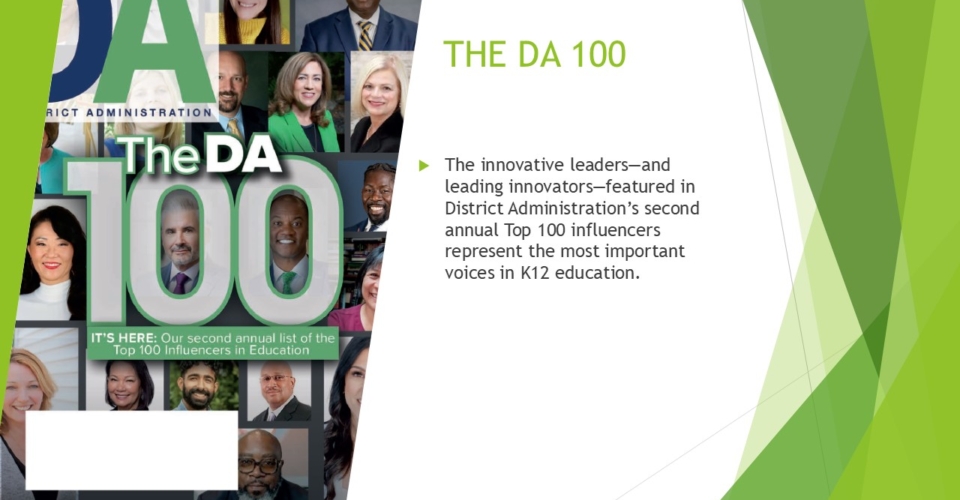Adopted by many states, the science of reading has become a major focus for educators across the country. Defining the science of reading is the easy part: it’s a collection of peer-reviewed scientific research from a variety of disciplines examining how humans learn to read.
How to put the findings of all that research into practice is a more complicated question, but one thing the science of reading makes clear is that learning to read is not something people do naturally. It’s a skill we need to work to master, and doing so requires explicit instruction.
That means that while working on phonics is important, students also need plenty of time for reading. Here’s a bit about why reading is an important component of the science of reading-aligned instruction—and how to fit it into the day.
Practicing with ‘real literature’
Students need practice with real literature because the kinds of didactic texts that are made with the express purpose of practicing specific phonics or comprehension skills are highly patterned. If students have been conditioned to find the main idea in the first sentence of the first paragraph, they are likely to struggle when they find an actual piece of writing that doesn’t conform to that pattern.
Students need those decodable texts for explicit instruction, but they also need authentic texts with a variety of formats, genres, and purposes to build their ability to understand real-world writing.
It’s also important to note that all students need grade-level texts, even if they are struggling with decoding skills. If they don’t get opportunities with rigorous, complex texts that build their comprehension skills, they will fall behind there as well. Scaffolds embedded in authentic texts should help students improve skills like phonics while still challenging them to grow their vocabulary, background knowledge, and other comprehension skills.
One of the things I love about Scarborough’s Reading Rope is that at the beginning, all these strands are separate, but over time they get woven together. Decodables are necessary at the beginning of a student’s literacy journey, but the science of reading tells us that explicit instruction must extend to every component of reading instruction. They need opportunities to expand their background knowledge and enrich their vocabularies through reading authentic texts.
Practice with real literature allows students to apply comprehension skills in real life. If literacy instruction is focused solely on phonics and fluency, students will learn to easily pick words off the page, but they will struggle to comprehend what they’ve read.
Building vocabulary, background knowledge and comprehension
Background knowledge is how readers build connections, create context, and synthesize new information. We want students to be able to say what a word means when they see it on a page, but background knowledge is necessary for them to understand what it truly means.
Read more from DA: Here comes a monumental eclipse. Are you closing school or out of luck?
If we want students to learn new words while they read, they need to be able to focus on those words. They won’t learn if those vocabulary words appear with a lot of other unfamiliar words or within a passage about a topic they don’t know anything about. Just as we don’t expect students to make and confirm predictions about texts that are too challenging for them to read, we can’t expect them to make predictions about texts on subjects they don’t have any knowledge of.
A student who is just learning comprehension skills, for example, needs examples of easily identifiable foreshadowing—until they can recognize more subtle examples. They may have to practice the same thing over and over, just as a baseball player who wants to get good at hitting curveballs will hit thousands of them in the batting cage, even though the point is to be able to automatically recognize the curveball in a game, among lots of other pitches, and adjust appropriately.
The science of reading is not a complete rejection of other ideas like whole language or guided reading. The idea is that with a solid blend of skills, students will eventually be capable of the kind of implicit learning those other philosophies champion. The science of reading suggests that we can’t start with that. Students need to learn how to sound out new words first, and they also need an opportunity to stretch and grow by reading authentic texts on subjects that interest them, whether that be dinosaurs or famous historical landmarks.
How to fold more reading into the day
I know from experience that it can be hard to fit reading into the day. Double-dipping is an excellent way to do this. Science and social studies classes are a great place to introduce new vocabulary. Science often has kinesthetic learning opportunities that are effective at solidifying new terms, and social studies is a goldmine for increasing background knowledge through study of different cultures, geographies, and histories.
Getting to know your resources and planning your small-group instruction thoroughly ahead of time will help open space for more reading as well. Knowing what skills students have already mastered will ensure you can devote your time and energy to skills they need more support with.
Also, be sure not to get rid of any engaging read-alouds. Hearing a fluent reader is one of the best ways to improve your own fluency. Students love it, and you need them to fall in love with reading. Another universal constant of literacy development is that students need more practice reading than you can require of them, and they won’t get it if they don’t enjoy it. Besides, if you don’t love reading Maniac Magee out loud after recess, should you be an elementary school teacher?
The science of reading is an important development in how we teach reading, but we need to make sure the pendulum doesn’t swing so far toward explicit instruction of phonics that we forget to give students the practice and joy of reading authentic texts.



